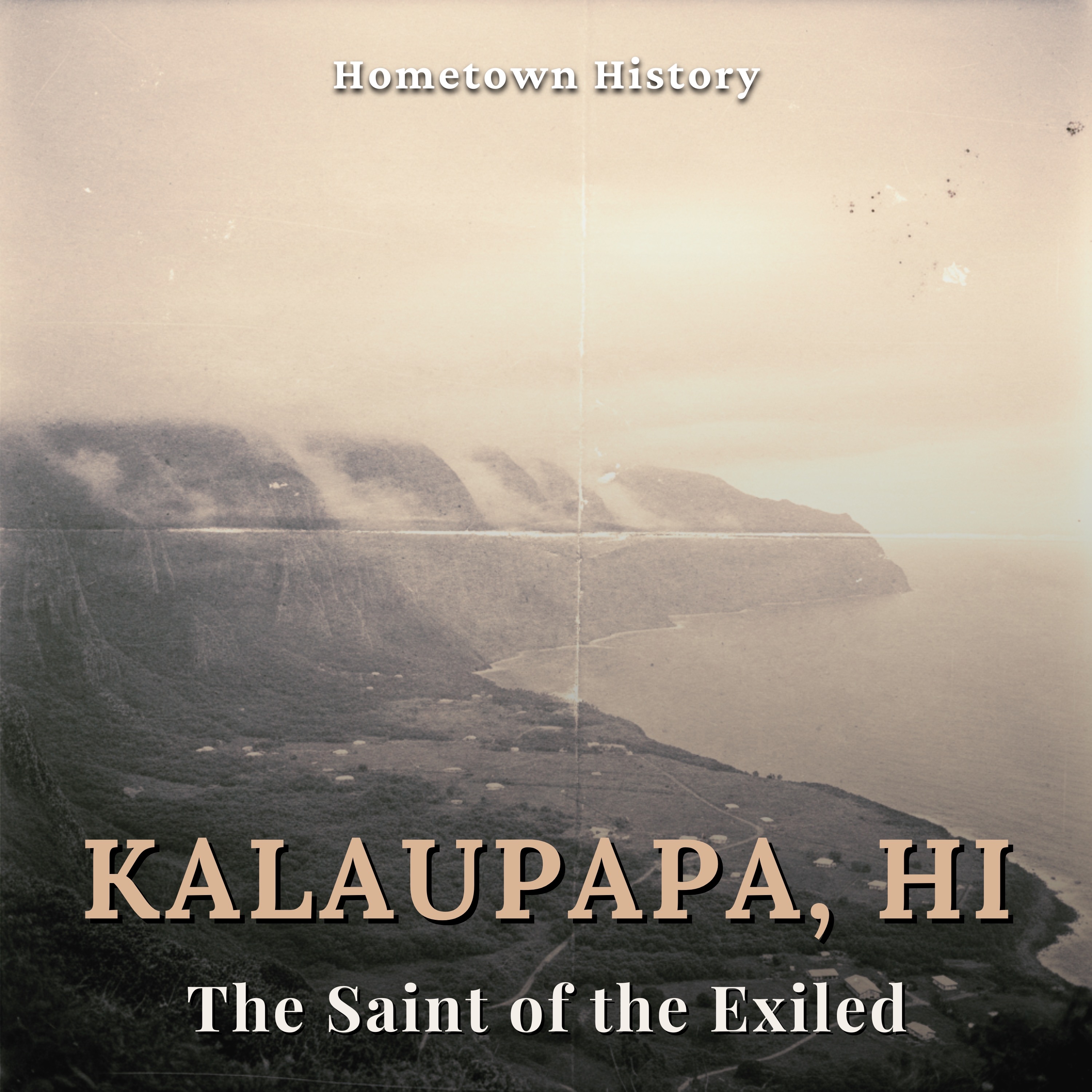

Kalaupapa, Hawai'i: The Saint of Exiles and Hansen's Disease Colony
Between 1866 and 1969, the Kingdom and later State of Hawai'i sent over eight thousand people diagnosed with Hansen's disease—then known as leprosy—to permanent exile on the Kalaupapa peninsula on the island of Moloka'i. This breathtaking but isolated landscape, surrounded by the tallest sea cliffs on Earth, became both a prison and, unexpectedly, a community. The vast majority of those exiled were Native Hawaiian, torn from their families by a policy known as ma'i ho'oka'awale 'ohana—the family-separating disease. Yet from this tragedy emerged extraordinary stories of resilience, dignity, and hope. When a Belgian priest named Father Damien arrived in 1873, he chose radical solidarity over safety, sharing meals, pipes, and daily life with the exiled residents. His courage drew global attention and brought vital support, including Mother Marianne Cope and the Franciscan Sisters, who created sanctuaries of care for women and children. Brother Joseph Dutton, a Civil War veteran seeking redemption, spent over thirty years running the Baldwin Home for Boys. These outsiders joined the residents in building a vibrant society complete with baseball teams, musical bands, political protests, and fierce cultural preservation—a community that insisted on being seen as whole human beings, not just cases of disease.Timeline of Events1830s: Hansen's disease bacterium arrives in Hawaiian Islands, likely through foreign tradeJanuary 3, 1865: King Kamehameha V signs "Act to Prevent the Spread of Leprosy," authorizing forced exileJanuary 6, 1866: First twelve patients exiled to Kalaupapa peninsula on Moloka'iMay 10, 1873: Father Damien De Veuster arrives at Kalaupapa settlement1883: Mother Marianne Cope and Franciscan Sisters arrive in Hawaii from Syracuse, New York1888: Mother Marianne Cope arrives at Kalaupapa settlement to establish Bishop Home1886: Brother Joseph Dutton arrives as Damien's assistantDecember 1884: Father Damien discovers he has contracted Hansen's disease1889: Father Damien dies; becomes international icon of sacrifice1893: Hawaiian Kingdom overthrown; isolation laws enforced more strictly1897: Over 700 Kalaupapa residents sign Kū'ē Petitions protesting U.S. annexation1946: Revolutionary sulfone drugs cure Hansen's disease for the first timeApril 11, 1969: State of Hawai'i officially abolishes quarantine lawDecember 22, 1980: Kalaupapa National Historical Park established by U.S. Congress2009: Father Damien canonized as Catholic saint2012: Mother Marianne Cope canonized as Catholic saintThe medical breakthrough of the 1940s rendered a century of forced isolation obsolete, yet many residents chose to remain in the only community where they felt truly understood and accepted.Historical SignificanceKalaupapa's story illuminates the intersection of colonial medicine, Indigenous sovereignty, and human rights. The Hawaiian Kingdom's segregation policy, heavily influenced by Western advisors responding to devastating population decline from foreign diseases, tore apart the fundamental Hawaiian value of 'ohana (family). Yet the residents transformed their exile into an act of cultural preservation. Their 1897 protest against U.S. annexation demonstrated extraordinary political consciousness from people the law had declared legally dead. The settlement became a center for preserving Hawaiian language, chant, and music when these were being suppressed elsewhere. Today, as the World Health Organization works toward eliminating Hansen's disease globally, Kalaupapa remains a p
Episode Details
About This Episode
Between 1866 and 1969, the Kingdom and later State of Hawai'i sent over eight thousand people diagnosed with Hansen's disease—then known as leprosy—to permanent exile on the Kalaupapa peninsula on the island of Moloka'i. This breathtaking but isolated landscape, surrounded by the tallest sea cliffs on Earth, became both a prison and, unexpectedly, a community. The vast majority of those exiled were Native Hawaiian, torn from their families by a policy known as ma'i ho'oka'awale 'ohana—the family...